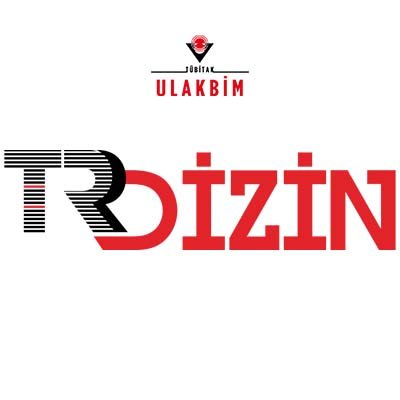The subject of this study is to determine satisfaction levels of leisure activities which university students attended and perceived level of freedom. In this scope, a total of 566 university students consisting of 241 “Females” and 325 “Males” who were chosen with purposive sampling method attended voluntarily to the study. Screening model is used in the research. Students in Faculties of Sports Sciences in Istanbul University and Marmara University compose the sampling of the research. In this research, “Leisure Satisfaction Scale”, developed by Beard and Ragheb (1980) and adapted to Turkish by Karlı et al. (2008), and “Freedom Scale Perceived in Leisure”, developed by Witt and Ellis (1985) and adapted to Turkish by Yerlisu Lapa and Ağyar (2011) are used as data collection tools in addition to personal information form which is prepared by the researcher. In order to determine the distribution of the participants’ personal information, percentage (%) and frequency (f) methods are applied and to determine whether or not the data have normal distribution Shapiro Wilks normality test is applied; upon determining that the data were suitable for non-parametric test conditions, Mann –Whitney U and Kruskal Wallis tests are applied to determine significant differences. Finally, Spearman Correlation analysis is used for measuring the relations among the sub-dimensions. According to gender and age variables, no significant difference is determined in sub-dimensions of perceived freedom in leisure time (p>0.05). In “Physiological”, “Educational”, “Social” and “Relief” sub-dimensions of leisure satisfaction scale in accordance with gender; female participants obtained higher scores than male participants. In “Physiological” and “Relief” sub-dimensions of leisure satisfaction scale in accordance with age; scores of the participants at and over the age of 24 are higher than the scores of the participants of other age groups. Finally; it has been concluded that age and gender are not important factors in perceived freedom level in leisure; when we examine 35
leisure satisfaction scale, they are satisfied from leisure time activities in accordance with gender in “Physiological”, “Educational”, “Social” and “Relief” sub-dimensions and participants at and over the age of 24 are more satisfied in accordance with age in “Physiological” and “Relief” sub-dimensions.


.jpg)


.png)


